In New Zealand it’s become pretty common for most teams to do a pre-game Māori dance known as “haka” to strike fear into the hearts of their opponents, ESPECIALLY in rugby! New Zealand’s war dance, the haka, was composed by the Maori tribe Ngati Toa’s warrior chief Te Rauparaha in the early 19th century to celebrate the fiery warrior’s escape from death in battle.
The Haka “Ka Mate Ka Mate” is a Maori war dance essentially from the Polynesian Maori culture, but no doubt we all have Haka within us all this is just how the Maori people express it. Samoa, Tonga Fiji all have one and when ever they compete in sport they perform these to each other its just the best to see that true Polynesian style!! no one does it better!! its an actual discipline that leads onto Healing practices and then Mamau (hand to hand combat) weaponry ie. Taiaha (fighting staff) Patu (hand wield fighting club and many others.
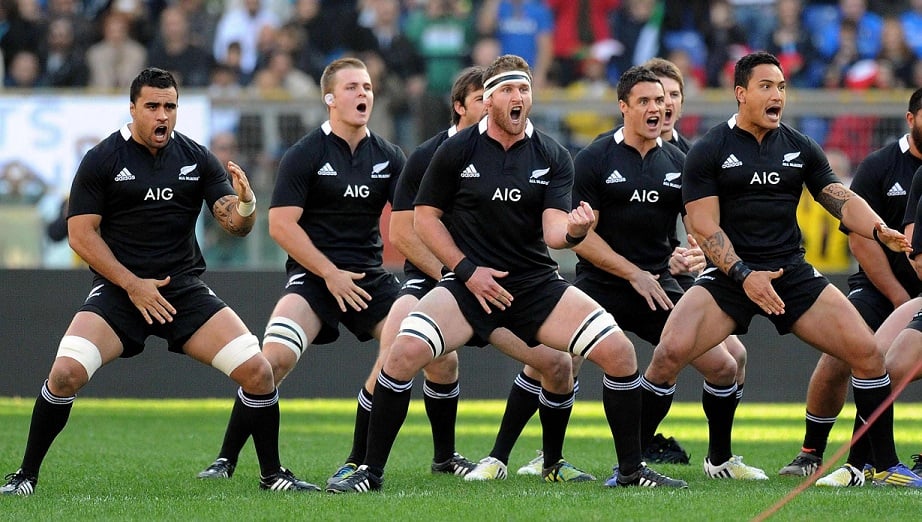
It was New Zealand’s All Blacks rugby team who made it world famous, performing the traditional dance spectacle before matches.
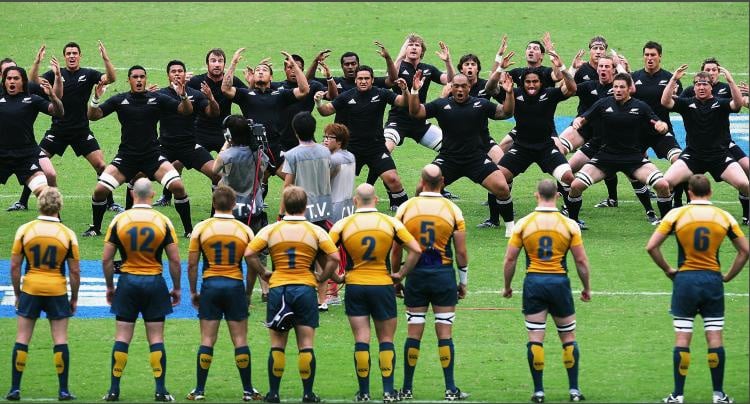
Some view the eyeballing routine as an unsporting attempt to intimidate the opposition before the match begins.
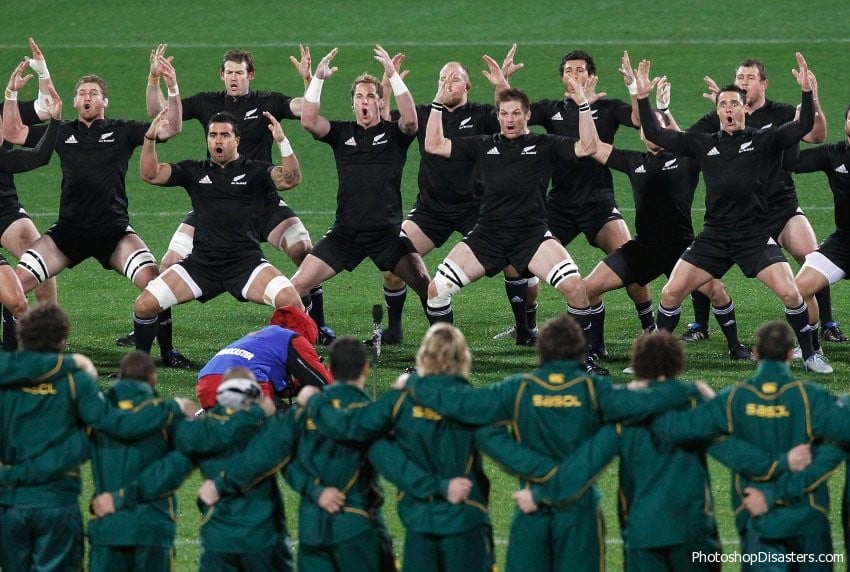
Not all opposition players embrace it. The 1996 Wallabies team chose to turn their backs on the haka and warm up in their own half before a clash in Wellington, an idea that backfired with a record 43-6 defeat.
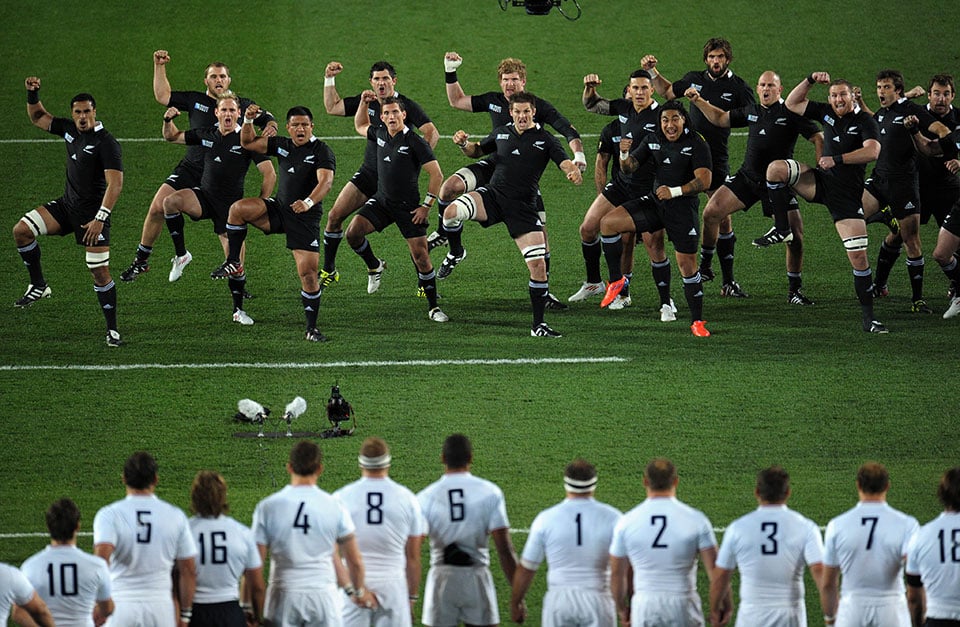
In 2008, Welsh players showed their disdain when at the end of the haka they refused to break from their linked arms and start the game.
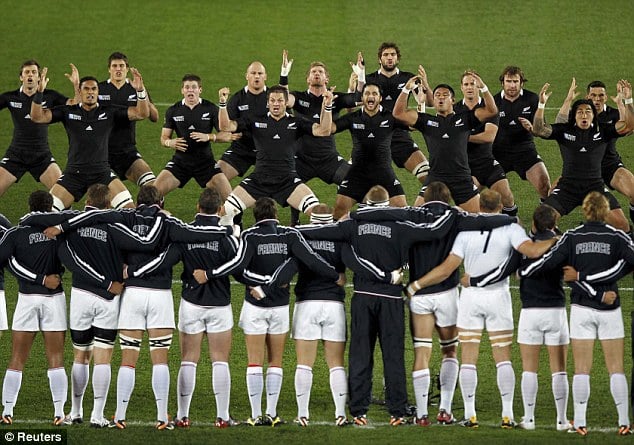
Instead, they stood, holding their opponents’ gaze for two minutes, trying to stare down the All Blacks.
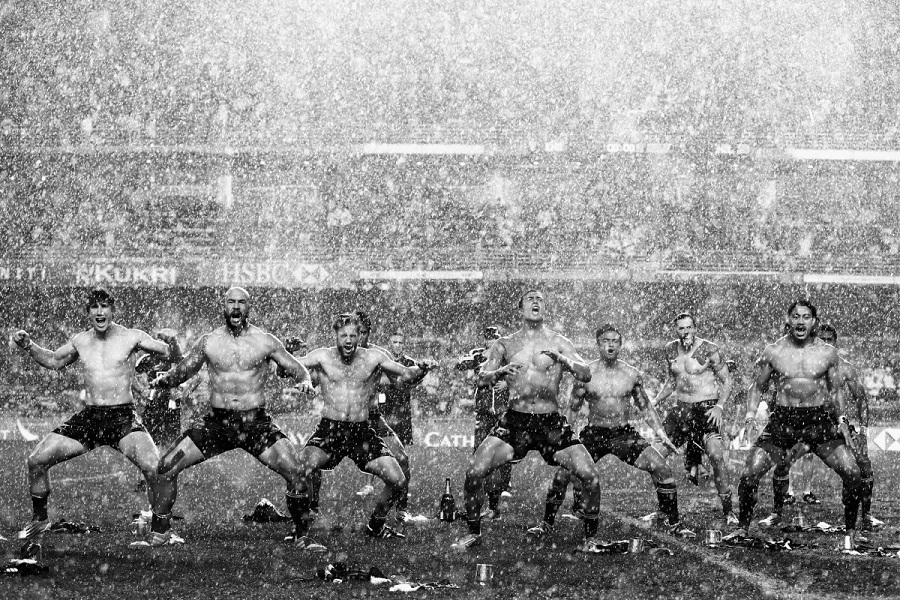
This Getty photo from the aftermath of New Zealand’s rugby win over England in the Hong Kong Sevens final is spectacular. The players doing the haka – a traditional Maori dance the team does before every game – in a driving rain storm.
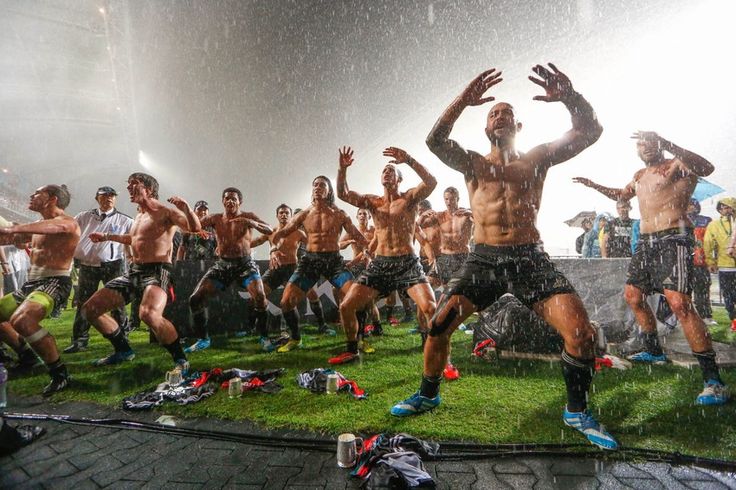
The New Zealand rugby team celebrated their last year win in the Sevens tournament in Hong Kong in their own unique way.
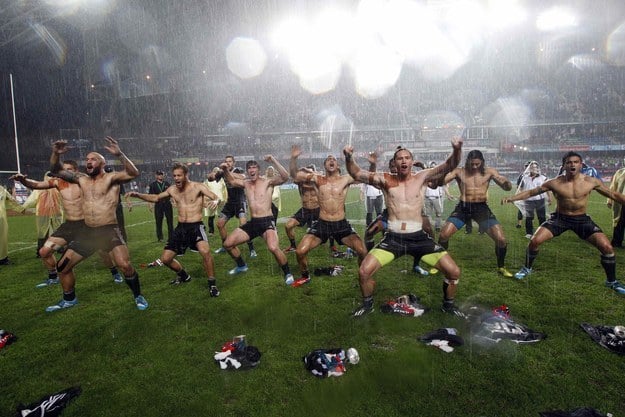
They performed the Haka – shirtless, in the rain – after beating England 26-7.
ORIGIN OF THE HAKA
According to Maori ethos, Tama-nui-to-ra, the Sun God, had two wives, Hine-raumati, the Summer maid, and Hine takurua, the Winter maid. The child born to him and Hine-raumati was Tane-rore, who is credited with the origin of the dance. Tane-rore is the trembling of the air as seen on the hot days of summer, and represented by the quivering of the hands in the dance.
Haka is the generic name for all Maori dance. Today, haka is defined as that part of the Maori dance repertoire where the men are to the fore with the women lending vocal support in the rear. Most haka seen today are haka taparahi, haka without weapons.
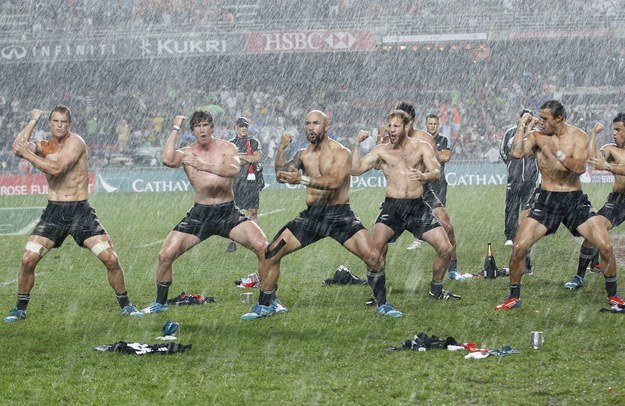
More than any aspect of Maori culture, this complex dance is an expression of the passion, vigour and identity of the race. Haka is not merely a past time of the Maori but was also a custom of high social importance in the welcoming and entertainment of visitors. Tribal reputation rose and fell on their ability to perform the haka (Hamana Mahuika)
Haka reflected the concerns and issues of the time, of defiance and protest, of factual occurrences and events at any given time.
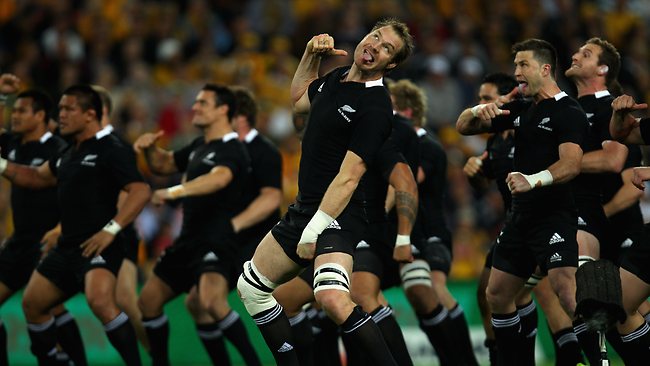
HAKA HISTORY
The centrality of the haka within All Black rugby tradition is not a recent development. Since an 1888 tour by the “New Zealand Natives” led by Joseph Warbrick the haka has been closely associated with New Zealand rugby. Its mystique has evolved along with the fierce determination, commitment and high level skill which has been the hallmark of New Zealand’s National game.
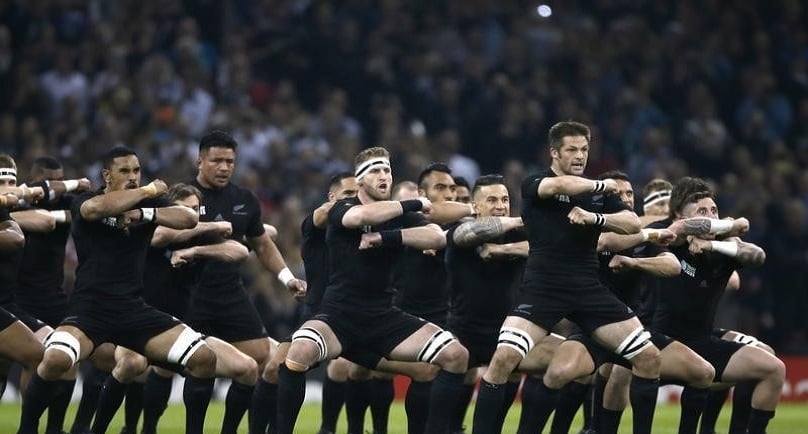
The haka adds a unique component, derived from the indigenous Maori of New Zealand, and which aligns with the wider Polynesian cultures of the Pacific.
The All Blacks perform the haka with precision and intensity which underpin the All Black approach.
1. Watch New Zealand perform World Cup winning Haka
All Blacks perform the Haka following their Rugby World Cup trophy presentation.
2. Watch The Greatest haka Dance EVER | New Zealand Vs France
Ahead of the final of Rugby World Cup 2011 in New Zealand, the French team formed an arrow as the All Blacks performed their pre-match tradition – the haka.
All these other people performing the haka is a version of the Maori Haka made famous by a Maori chief Te Rauparaha then later by the All Blacks rugby team Aotearoa (New Zealand)s No.1 sport and now it has become a symbol of Identity for all our nation.
Haka War Chant Lyrics
Haka War Chant Lyrics
Ka mate Ka mate
It is death It is death
Ka ora Ka ora
It is life It is life
Ka mate Ka mate
It is death It is death
Ka ora Ka ora
It is life It is life
Tenei Te Tangata Puhuruhuru
This is the hairy man
Nana i tiki mai whakawhiti te ra
Who caused the sun to shine again for me
Upane Upane
Up the ladder Up the ladder
Upane Kaupane
Up to the top
Whiti te ra
The sun shines!
Another Version Of Haka War Song Lyrics
Slap the hands against the thighs!
Puff out the chest.
Bend the knees!
Let the hip follow!
Stomp the feet as hard as you can!
‘I die, I die,
‘I live, ‘I live,
‘I die, ‘I die
‘I live, ‘I live,
This is the fierce, powerful man
…Who caused the sun to shine again for me
Up the ladder, Up the ladder
Up to the top
The sun shines!
Rise!
Frequently Asked Questions (FAQs) about Haka War Dance History & Facts
What is the Haka war dance?
The Haka war dance is a traditional Māori ceremonial performance that combines powerful movements, rhythmic chanting, and facial expressions. It serves as a way to express strength, unity, and cultural identity.
Where does the Haka originate from?
The Haka originates from the indigenous Māori people of New Zealand. It has been an integral part of their culture for centuries, deeply rooted in their history, customs, and storytelling traditions.
Who performs the Haka?
Traditionally, the Haka was performed by Māori warriors before battle. Today, it is performed by various groups, including sports teams, schools, and cultural groups, both within the Māori community and by people from different backgrounds who appreciate its significance.
Is the Haka exclusive to the Māori people?
While the Haka has its origins in Māori culture, it has transcended cultural boundaries and is now embraced by people worldwide. It has become an iconic symbol of New Zealand and is performed by individuals and groups from diverse backgrounds.
What is the purpose of the Haka?
The Haka serves multiple purposes. Historically, it was used to intimidate enemies, boost warriors’ morale, and prepare them mentally and physically for battle. Today, it is performed to showcase cultural pride, honor ancestors, celebrate achievements, and unify groups.
Are there different types of Haka?
Yes, there are various types of Haka, each with its own significance. The most well-known is the “Ka Mate,” composed by the warrior chief Te Rauparaha. Other types include “Kapa o Pango,” “Whakatu Waewae,” and “Tika Tonu.” Each Haka carries specific meanings and may be performed on different occasions.
What are the key movements and gestures in the Haka?
The Haka involves a combination of rhythmic stomping, vigorous hand movements, chest pounding, tongue protrusions, and fierce facial expressions called “pukana.” These actions symbolize strength, unity, defiance, and respect.
How long has the Haka been performed?
The Haka has a long and rich history that dates back centuries. Its precise origins are difficult to trace, but it has been passed down through generations as an integral part of Māori culture for hundreds of years.
Is the Haka only performed by men?
Traditionally, the Haka was performed exclusively by men, as they were the warriors preparing for battle. However, in modern times, both men and women participate in the Haka, showcasing the inclusivity and adaptability of this cultural practice.
Can women perform the Haka?
Absolutely! Women play a significant role in performing the Haka. They bring their own grace, strength, and passion to the dance, expressing their cultural heritage and contributing to the overall power and beauty of the performance.
When is the Haka performed?
The Haka can be performed on various occasions. It is commonly seen at cultural events, traditional ceremonies, sports matches (both by Māori teams and teams representing New Zealand), weddings, funerals, and other significant gatherings where the display of unity and cultural identity is important.
Is the Haka only performed in New Zealand?
While the Haka has its roots in Māori culture and is strongly associated with New Zealand, it is performed globally. Its popularity has spread beyond the country’s borders, becoming an internationally recognized and respected form of cultural expression.
What is the significance of the Haka in Māori culture?
The Haka holds immense cultural significance for the Māori people. It connects them to their ancestors, preserves their language and traditions, and serves as a powerful expression of identity, strength, and unity.
Is the Haka performed for non-war-related occasions?
Absolutely! While the Haka originated as a war dance, it is now performed for various non-war-related occasions. It can be a way to celebrate achievements, welcome guests, mark special events, or demonstrate cultural pride, showcasing the versatility of this traditional art form.
How did the Haka gain international recognition?
The Haka gained international recognition through its association with New Zealand’s national rugby team, the All Blacks. Their spine-chilling performance of the Haka before matches has captivated audiences worldwide, contributing to the Haka’s global visibility and appreciation.
Has the Haka been adapted for different sports?
Yes, the Haka has been adapted for different sports. The All Blacks’ version, known as “Ka Mate,” is the most well-known adaptation in the sporting world. Other sports teams and athletes have also incorporated elements of the Haka into their pre-game rituals, inspired by its energy and cultural significance.
Are there any rules or guidelines for performing the Haka?
While there are no strict rules, there are cultural protocols and guidelines to follow when performing the Haka. These include respecting its origins, understanding its meanings, and performing it with authenticity, sincerity, and a deep appreciation for Māori culture.
Can anyone learn and perform the Haka?
Yes, anyone can learn and perform the Haka. It is a beautiful way to appreciate Māori culture, connect with others, and showcase cultural diversity. By learning the Haka, individuals can deepen their understanding of Māori traditions and contribute to the preservation of this art form.
What is the most famous Haka?
The most famous Haka is “Ka Mate,” composed by Te Rauparaha. It gained global recognition through the All Blacks’ performance, becoming synonymous with the New Zealand rugby team and capturing the imagination of sports fans worldwide.
Are there any variations of the Haka?
Yes, there are variations of the Haka. Different tribes and regions may have their own unique Haka, reflecting their history, legends, and cultural nuances. These variations add to the diversity and richness of the Haka tradition.
Do different tribes have their own unique Haka?
Yes, different tribes have their own unique Haka. These variations often incorporate tribal legends, genealogy, and local customs, reflecting the distinct identities and histories of different Māori groups.
How has the meaning and purpose of the Haka evolved over time?
While the fundamental elements of the Haka have remained consistent, the meaning and purpose of the dance have evolved over time. Today, it serves not only as a war dance but also as a celebration of culture, a form of artistic expression, and a way to unite people of diverse backgrounds.
Are there any controversies surrounding the Haka?
Controversies regarding the Haka have emerged from time to time, mainly relating to issues of cultural appropriation, commercialization, or misrepresentation. It is important to approach the Haka with respect, understanding, and an acknowledgment of its cultural significance.
Has the Haka been used in popular culture, such as movies or music?
Yes, the Haka has been featured in popular culture. It has made appearances in movies, television shows, and music videos, often symbolizing strength, power, or cultural identity. Its striking visuals and energetic performance make it a captivating addition to various forms of media.
Can the Haka be performed as a form of entertainment rather than a ceremonial act?
Yes, the Haka can be performed as a form of entertainment, as long as it is done respectfully and with an understanding of its cultural origins. It can be a thrilling and captivating spectacle, showcasing the power and beauty of Māori culture to wider audiences.
H/T: allblacks.com & theguardian.com
